Why Is It Called The Pinery?
You would think that the Pinery Provincial Park should be covered with a variety of pine trees, but you would be wrong. The park land was purchased in the late 50’s and then in the early 60’s a large number (almost 3 million) of red and white pine trees were planted in the park. The park seems to have been named after the trees that were planted but the main native ecosystem was actually an oak savanna. In the 80’s the value of the rare and fragile ecosystem was finally recognized and the park has slowly restored its Oak Savanna ecosystems. The “Pinery now protects almost 50% of the remaining Oak Savanna in the world!”
There are 7 of the 11 different species of oak trees in the park: Red Oak, White Oak, Black Oak, Chinquapin Oak, Dwarf Chinquapin Oak, Bur Oak and Swamp White Oak. You can easily idenitify them if they still have leaves since each species has a very distinct leaf shape. To learn more about each tree and how to identify them, you can check out the Tree Atlas for the area. The Ontario website will show you a variety of pictures, including the overall tree, the leaves, the bark, any flowers and fruit, nuts or seeds. The site also tells the reader where they are found and any planting tips if you are planning on putting one on your property.
Oaks aren’t the only trees you will find in the Pinery. There are native and non-native trees throughout the park and they offer a lot of shade on hot sunny days. The Pinery is a fantastic park in the summer time because not only does it have so much cover but it also has amazing beaches, including 2 dog beaches!
In the park you will find birches, aspens, oaks, maples, pines and so many other trees that you’ll need a book or an expert to identify them. 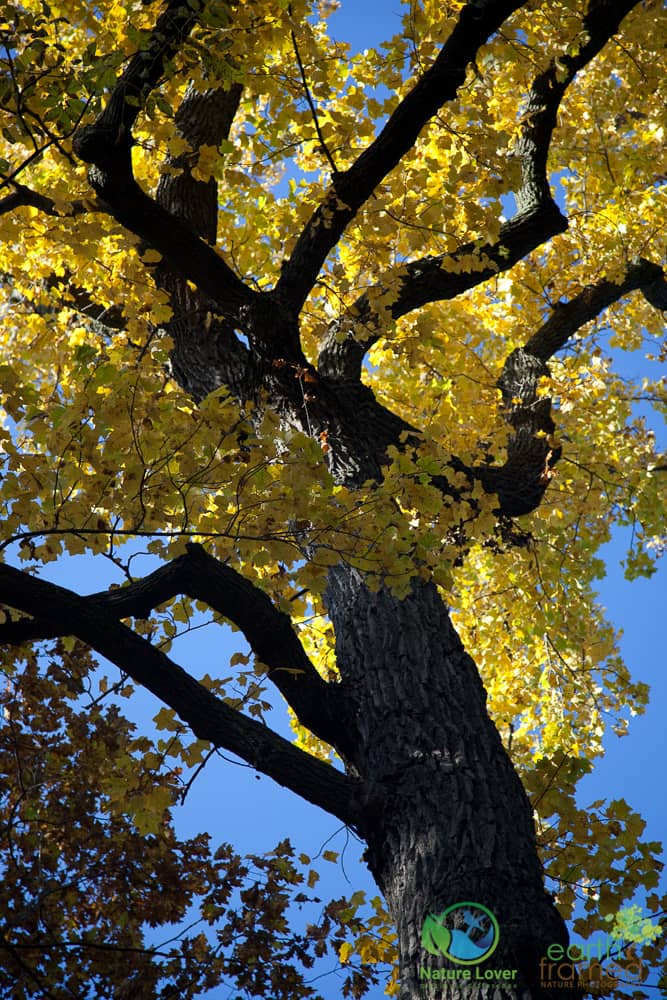
In the fall the Pinery is absolutely gorgeous and since oaks are one of the last trees to lose their leaves, the foliage looks beautiful right into the first snow fall. 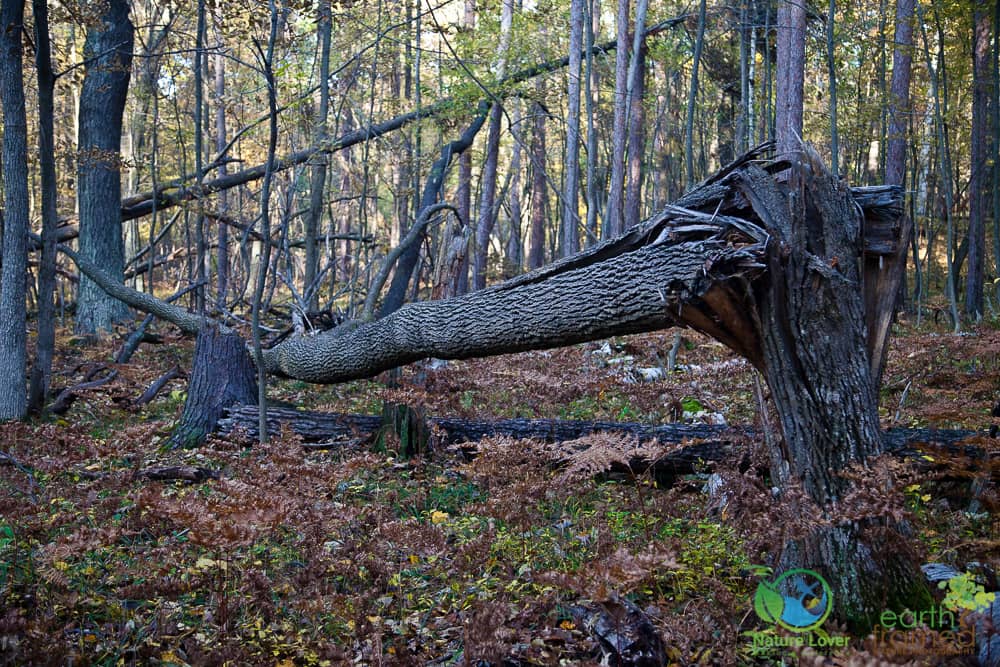
Last year the weather caused a lot of damage to the forest in the park. Even hardwoods like the oaks snapped and fell. This is a natural process and will open up the canopy to let light fall on the forest floor to allow other plants and trees to take root.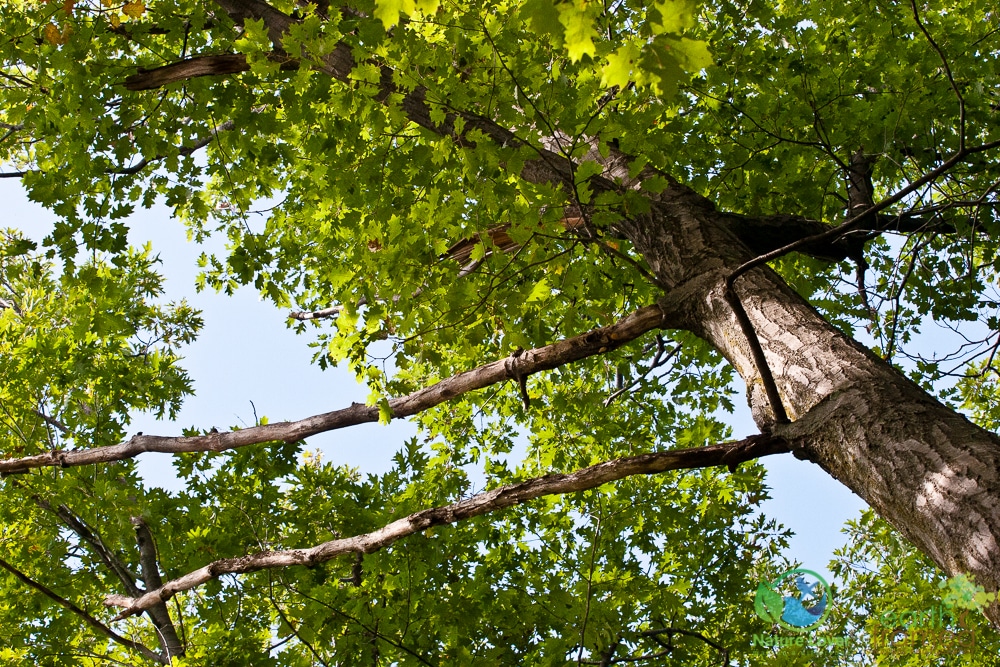
You’ll find a very diverse environment throughout the park with more than 750 plant species, 325 bird species and 60 different butterflies throughout the year. The park is also located along the Lake Huron Flyway which means visitors also have the opportunity to spot migrating species twice a year.
Above is the uniquely shaped leaf of the Tulip Tree. In the spring this tree will produce gorgeous yellow-green flowers that resemble tulip flowers. This tree only grows in certain areas, the south shore of Lake Huron is one of those areas.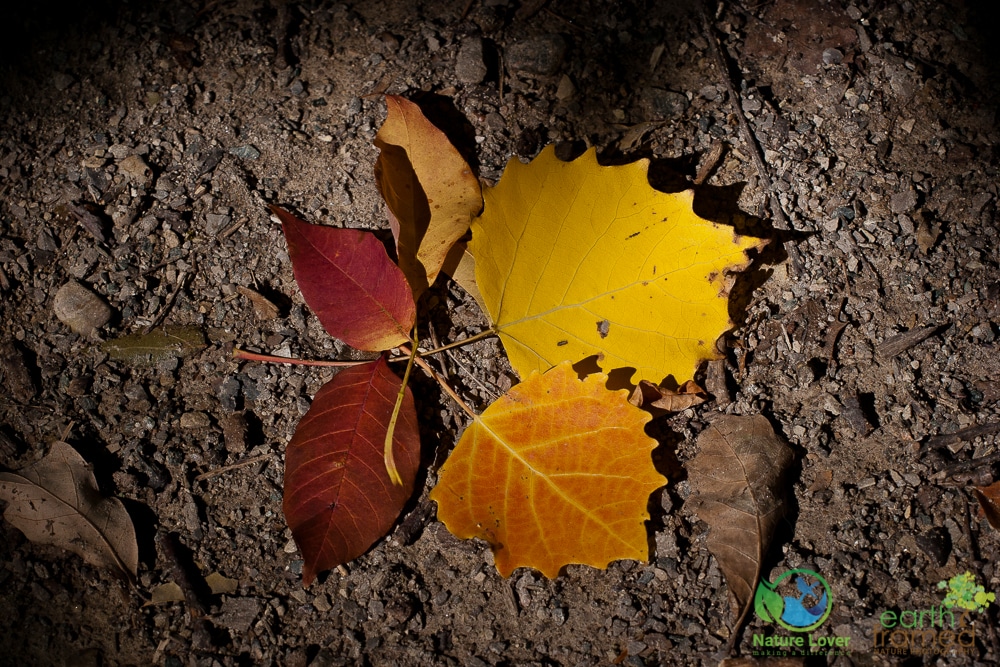
The range of colours you’ll see in the fall is diverse. From pale yellow right up to bright red and everything in between. Plan on visiting the park throughout the fall and you’ll get the experience the changing colours and hues.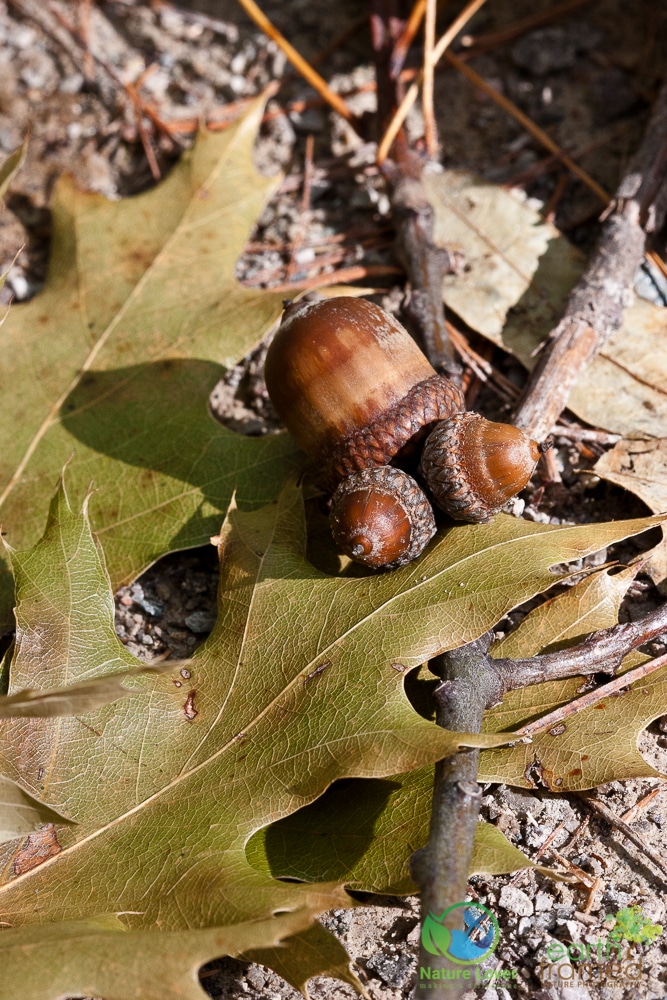
There are a variety of acorn styles that come off of the different oak trees. Squirrels will immediately eat some, because they will not keep, while others they will store in their nest to consume later in the winter.
In the Pinery you will find a lot of different trees, birds, wildflowers, mushrooms and ferns. Every season brings something new and beautiful to see and experience. This park has become one of our favourites and we know you will find it special too.
Sources:
“Oak Savanna.” Oak Savanna. Friends of the Pinery Park, n.d. Web. 27 Dec. 2016.
“Ontario Tree Atlas: Tulip Tree.” Ontario.ca. N.p., n.d. Web. 27 Dec. 2016.
“Pinery.” Welcome to Pinery Provincial Park. N.p., n.d. Web. 27 Dec. 2016.


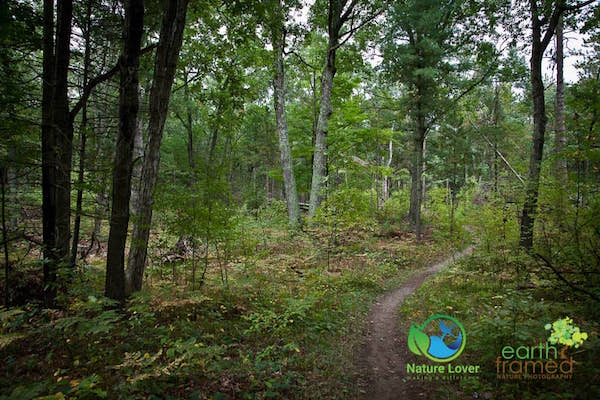
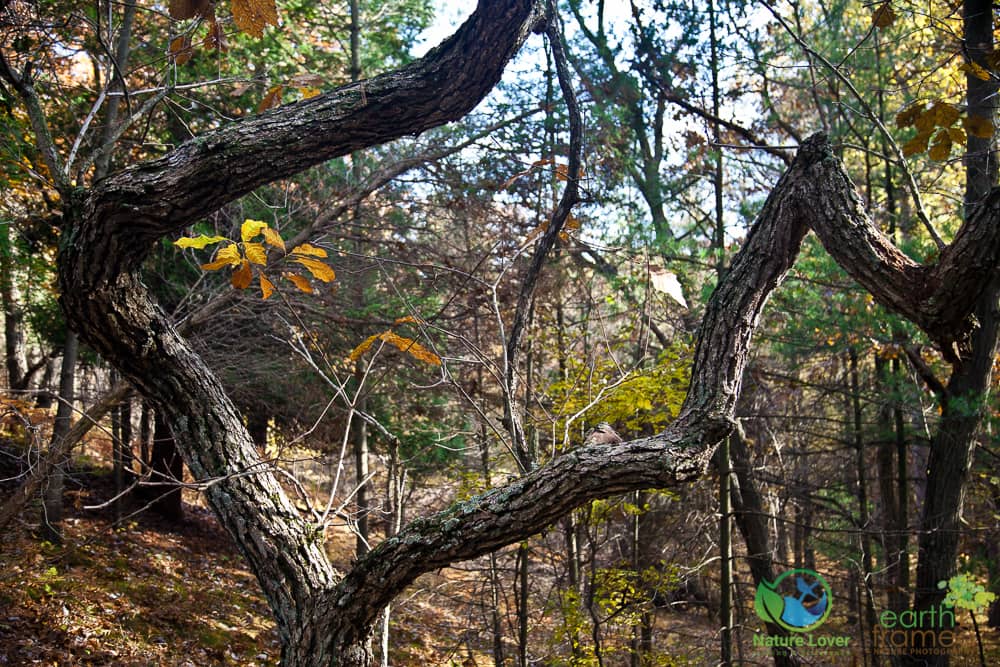
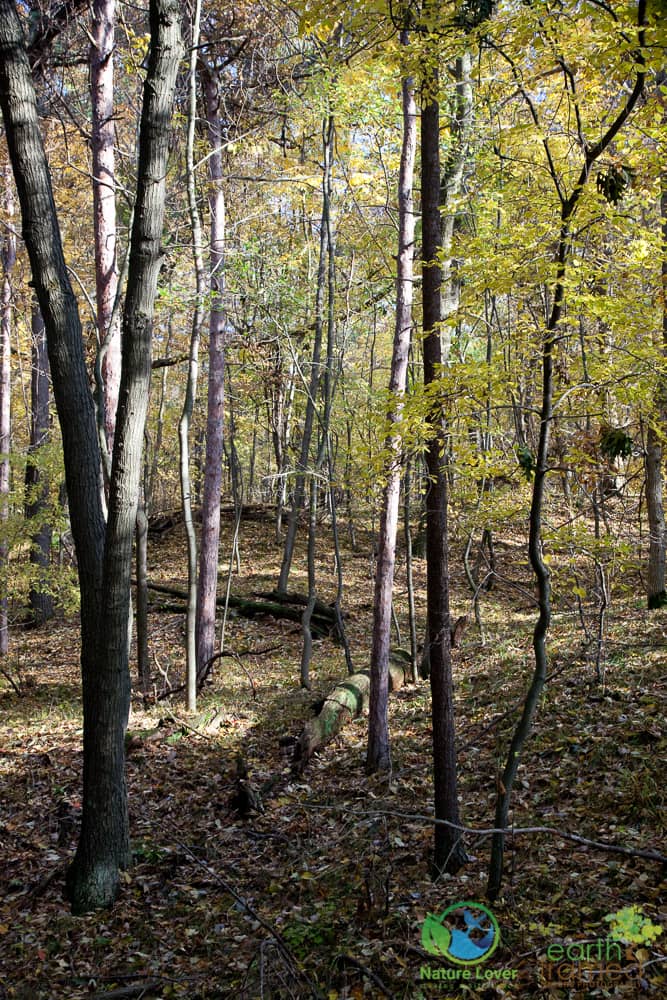
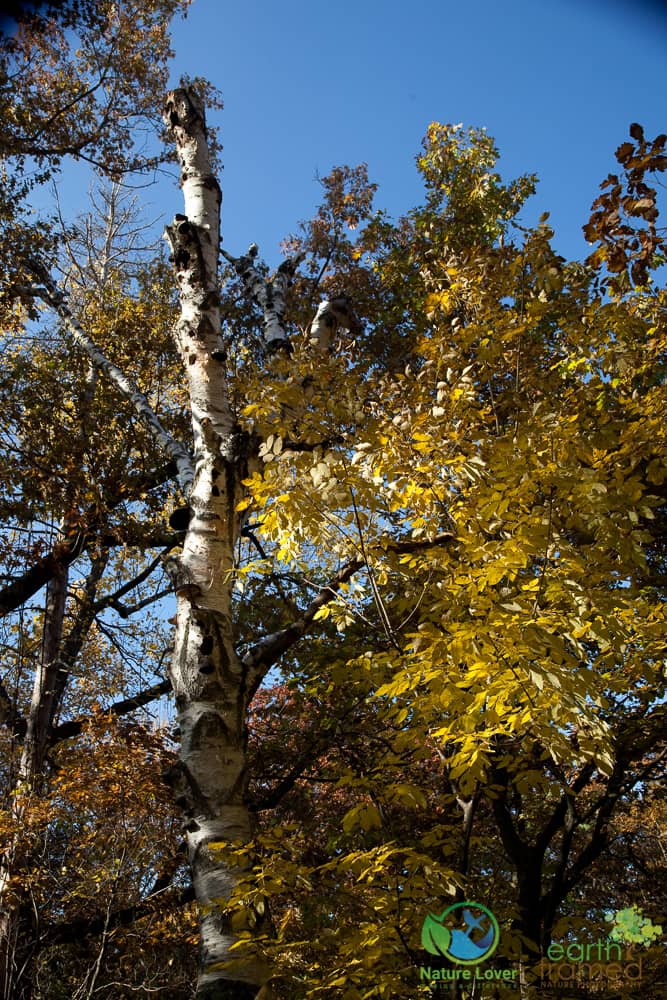
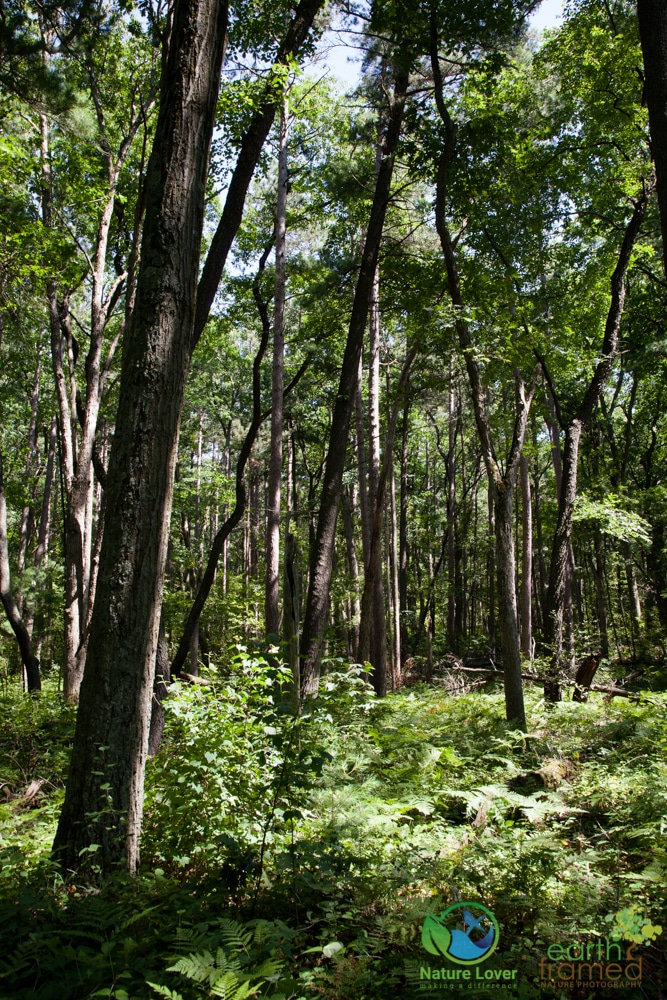

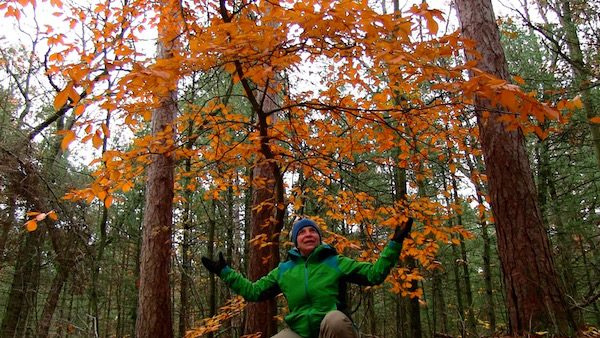
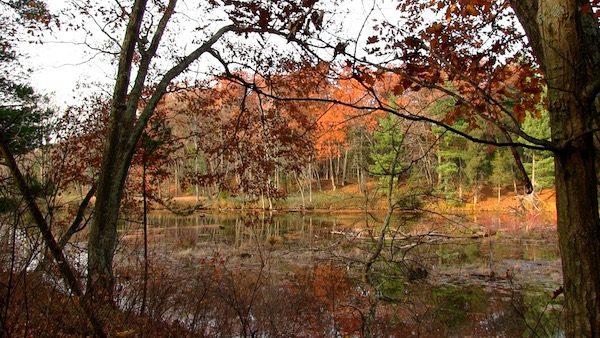
Comment(1)
Sara Jinha says:
May 30, 2022 at 11:40 amThanks 😊